Professional slicers, or slicers, are often found in the cheese and sausage departments of hypermarkets, but such devices can also be useful at home, allowing you to save on buying already sliced products in stores. Let's figure out who can use a slicer and for what purposes.
For what if not for a party?
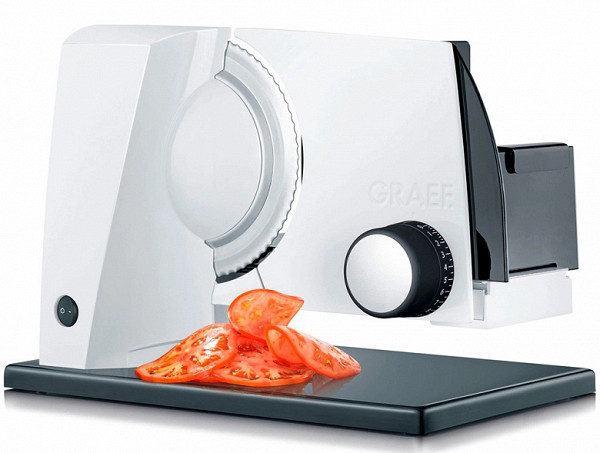
We are sure that a slicer is necessary not only for organizing home feasts, although it is also ideal for this purpose: the slicer will easily and quickly cut slices for snacks. However, there are other important points.
- The quality of the product’s taste often depends on the thickness of the slice: thanks to thin slices, fried potatoes turn into crispy chips, thin “cigarette” slices of cheese allow you to fully experience its tenderness and sophistication, and thinly sliced sausage will appeal to real gourmets.

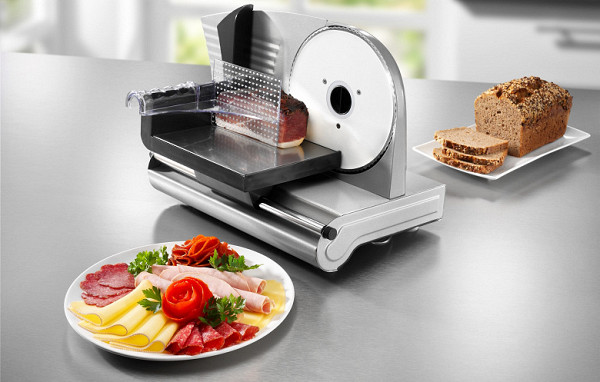
- If in the summer you use a dehydrator to dry crops and you need to cut apples, pears, carrots, etc., then the slicer will become an indispensable assistant. Like a dehydrator, you may only use the slicer once a season, but it will save you stress and time.


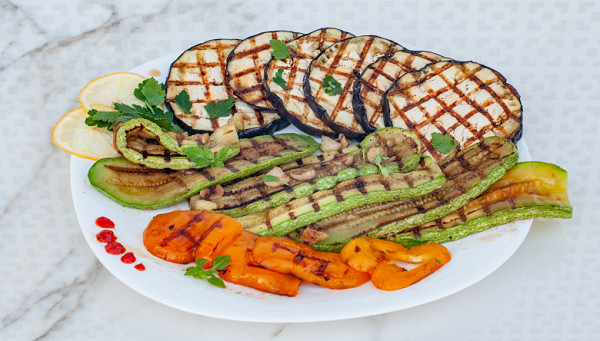
- If you love grilled vegetables and cook them often, then a slicer will help you cut vegetables evenly and beautifully.
- The slicer is also ideal for thin slicing of hard and sensitive products, such as raw beets, dry-cured sausages, tomatoes, soft and plastic cheese. With high power and with permission in the instructions, professional slicers can cut even frozen meat or fish for carpaccio.
- The slicer is ideal for cutting even thin strips of zucchini and eggplant for rolls, shredding cabbage for pickling, soups, salads and side dishes. Unlike a food processor or meat grinder, a slicer cuts the entire product to the end, and there is no need to rake out residues from various parts of the device, which makes it easy to clean. Plastic parts can usually be washed in the dishwasher without problems.
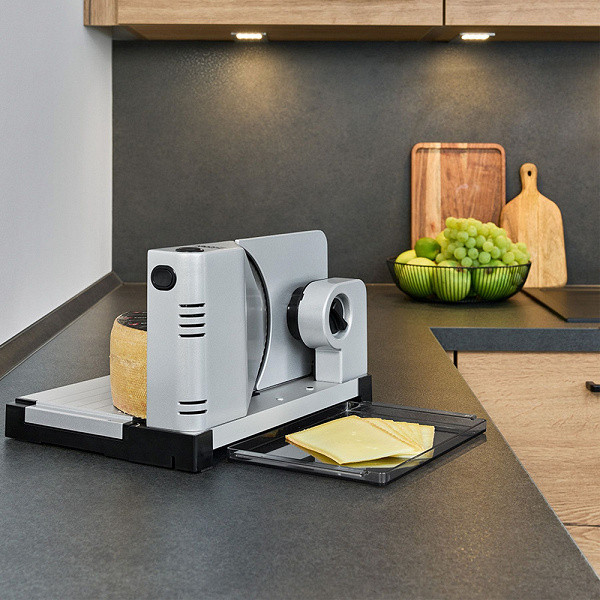
- Accurate cutting gives the table a sophisticated look, which is important not only for guests, but also for your own pleasure.
- If you have a small cafe or do catering
How does a slicer work?
The slicer includes a motor unit that drives a circular knife, a movable carriage for the product, a clamping mechanism-holder, speed and cutting thickness switches. Some models have a tray for collected products, while budget devices require the use of an additional tray for easy collection of chopped products. Most devices require you to hold down a button to turn on the cutting blade, which ensures safe operation — just release the button for the device to automatically stop. Some models, such as the Gorenje R506E, can operate without the need to hold the button. To ensure safety, suction cup feet are also used to prevent the device from moving during operation.
Types of slicers
Slicers are usually semi-automatic: the motor drives only the knife, and the carriage with the product must be moved manually. There are both professional and household models. We tested various devices from the same manufacturer, such as Gemlux GL-MS-220 and Gemlux GL-MS-190. The first model is designed specifically for slicing deli meats, but it also successfully copes with cabbage and cheeses. However, using such a device at home is justified if you often host parties or events.
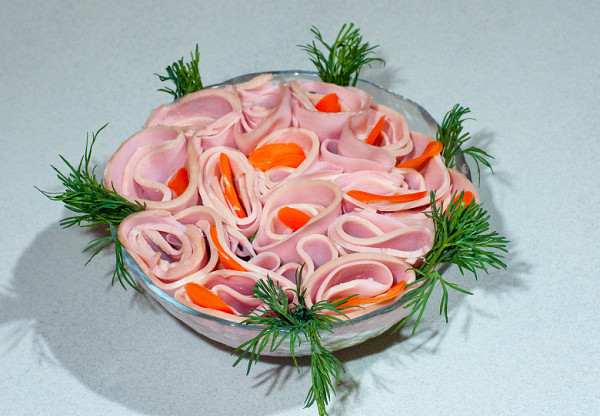
Homemade household slicers are compact, they can be folded, and they do not take up much space.
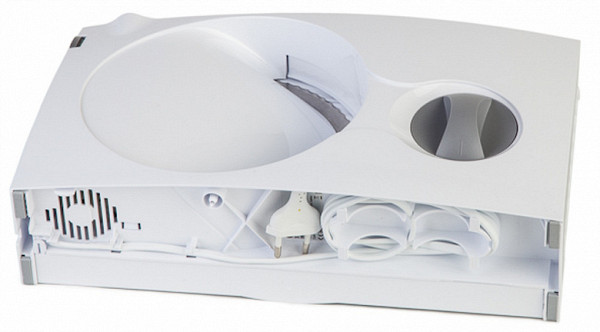
Professional models of slicers are distinguished by precise adjustment of slice thickness, high power, sometimes the ability to cut at different angles and more reliable performance. Interestingly, the power of professional and household models may be the same. For example, both Gemlux models tested claim a power of 150 W, although in practice it may be even slightly lower.
How to choose?
Contrary to popular belief, a slicer is a fairly safe device if all operating rules are followed. When choosing, we recommend paying attention to several key aspects:
- Power: It determines how effectively the device will handle soft foods and be able to cut frozen meat and fish. Our tests have shown that the power declared by manufacturers often differs significantly from the real one. For example, a model with a declared power of 110 W showed a maximum of 75 W, and a model with a power of 150 W reached only 119 W instead of the declared one. We recommend choosing models with a power of at least 140-150 W to achieve optimal results.
- Security system: It is important that the slicer has good protection for the hands, for example, a large holder area, suction cup legs for stability, a lock button, which is preferably hidden at the end of the device. Warning notices and a guard over the knife are also helpful.
- Slice thickness adjustment: It is important to consider the minimum and maximum slice thickness adjustment options when choosing a slicer.
- Thickness adjuster type: It is preferable to choose models with a precise rotary adjuster with thickness marks, which eliminates the need for time-consuming trial and error adjustments.
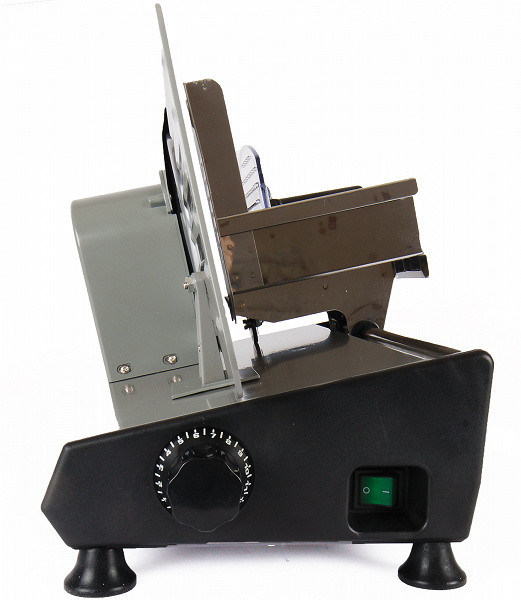
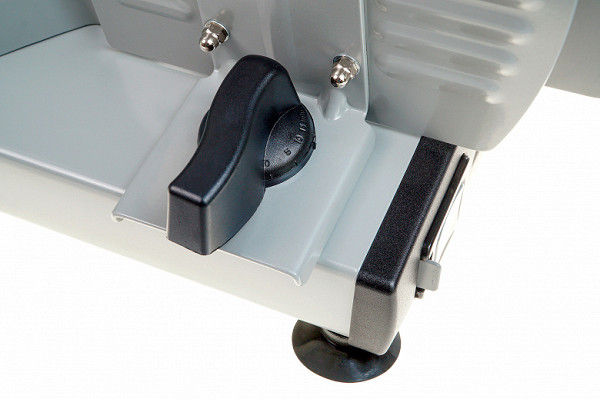
- The quality of the material from which the slicer is made plays a key role in its functionality. If the device is made of too flimsy and thin plastic, problems arise with maintaining the set thickness of the slice during use. During testing of one of these slicers, we discovered that the part responsible for the distance between the knife and the product, made of thin plastic, quickly wears out and moves far beyond the established boundaries. As a result, if you do not adjust the thickness regulator, each subsequent slice turns out to be thicker than the previous one. In other words, a cheap slicer can cut food, but will not satisfy the demands of gourmets.
Slicers made of high-quality thick plastic or metal are not only more reliable in terms of mechanical strength, but also provide more stable and precise operation in the process of slicing products.

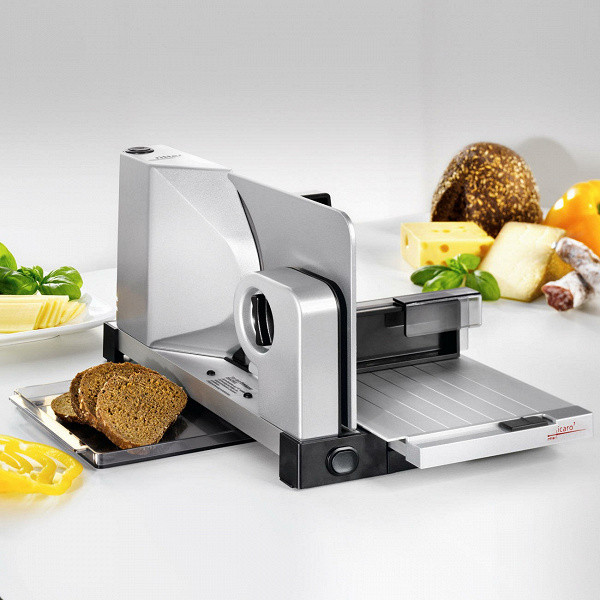
- The design of the product holder: it is worth visually assessing whether it will hold a solid substance (say, dry-cured sausage). The thorns will tell you about this: if they are sharp and strong, they will hold you.
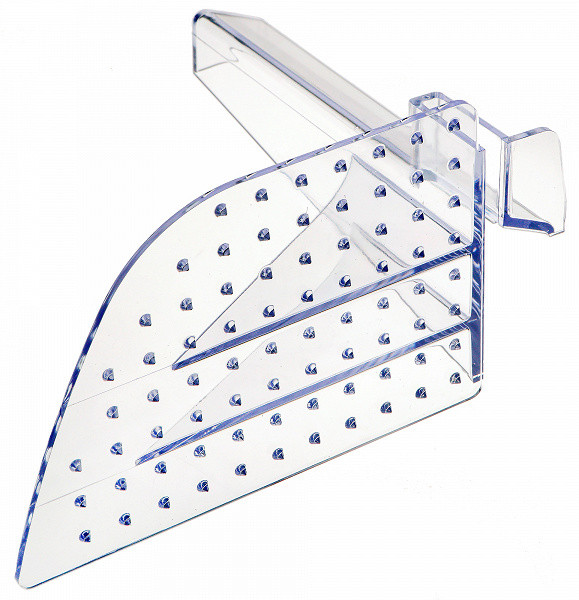
- Availability of a tray for the resulting cuts. It is not always convenient to place a plate.
- Possibility to cut hard sausages at different angles (or only 90 degrees).
- How the knife is removed (necessary for sharpening and sometimes cleaning the place where it is installed).
***
A slicer, of course, is not an essential kitchen appliance, but for large amounts of cooking or canning it becomes indispensable. Once you try to use it once, you no longer want to go back to manually cutting food.
